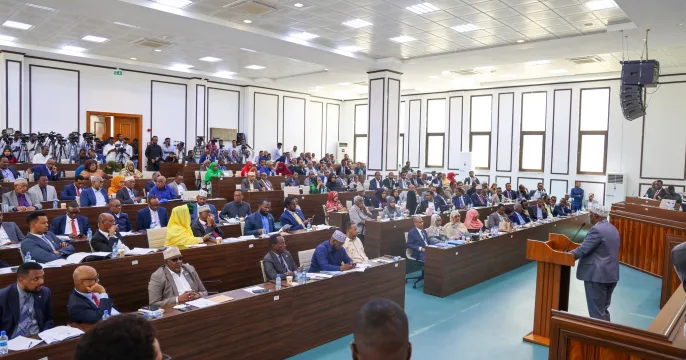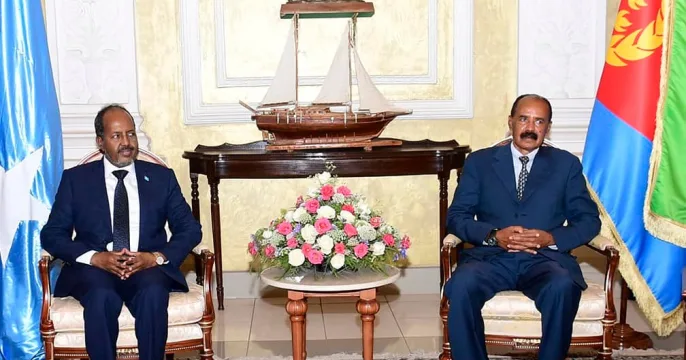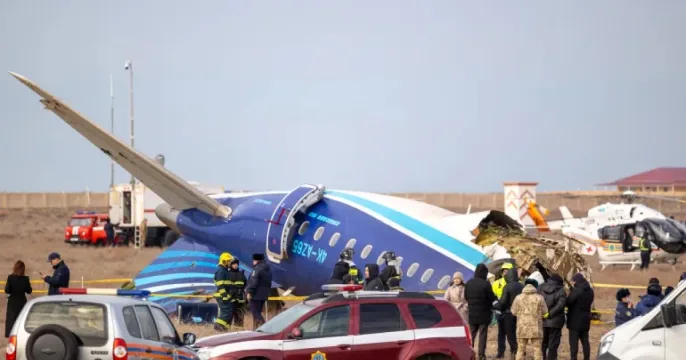After a consistent reduction in piracy along Somalia’s coastline in the last couple of years, the…
After a consistent reduction in piracy along Somalia’s coastline in the last couple of years, the country has opened a new Maritime Training Center in Mogadishu.

The facility is meant to grow Somalia’s domestic capacity to protect its territorial waters, specifically due to rising problems with IUU (Illegal, Unreported and Unregulated) fishing.
The U.S Government’s State Department of International Narcotics and Law Enforcement Affairs, through United Nations Office on Drugs and Crime (UNODC), provided funds for the construction of the training facility.
It will be used to support specialized training for Somali Police Force as well as the Department of Coast Guard.
“Somalia has the largest coastline in continental Africa and rich marine resources. To protect the interests of the Somali people in the sustainable development of those resources, the government of Somalia, coordinating between multiple ministries at federal and state levels, requires the means to surveil, monitor and to enforce the law in its territorial waters. This training center will contribute to the Somali government’s effectiveness at carrying out that important responsibility,” said United States Ambassador to Somalia Larry Andre’ during the facility’s inaugural event last Wednesday.
The center is part of over $3 million provided by the U.S government to support Somali-led maritime capacity building programs.
Recently, the shipping industry made a decision to end the “High Risk Area” designation for waters near the Horn of Africa. The move has emboldened the Somali government to double its efforts in blue economy investment.
By the end of this year, Somalia is expected to open a new deep-sea port on its northeastern town of Gara’ad. This brings the total number of deep-sea ports in Somalia to five. The rest include Mogadishu, Berbera, Kismayo and Bosaaso.
The Gara’ad Port and its 300 km transit corridor links the port to the Central Somalia region and southeastern Ethiopia.
The development is part of a $531 million investment plan aimed at boosting the export of livestock, fish, minerals and agricultural commodities.
The port’s first two deep-water berths are capable of docking 40,000-ton container ships and offer modern loading equipment, refrigeration facilities and feeding grounds for animals.





